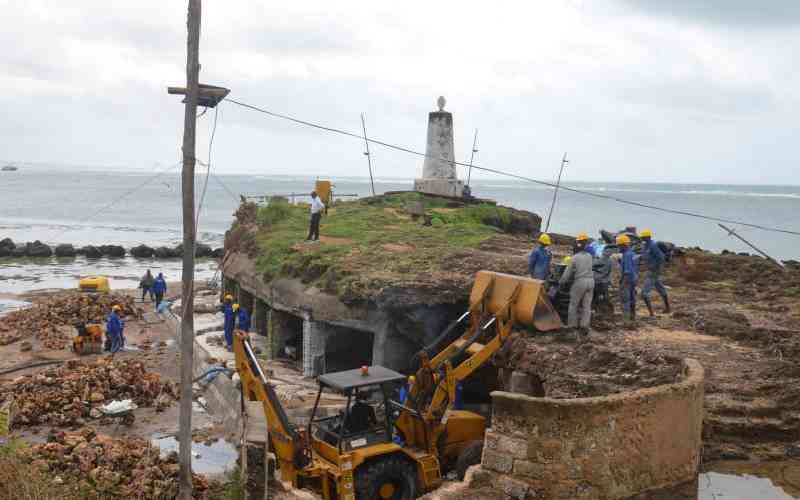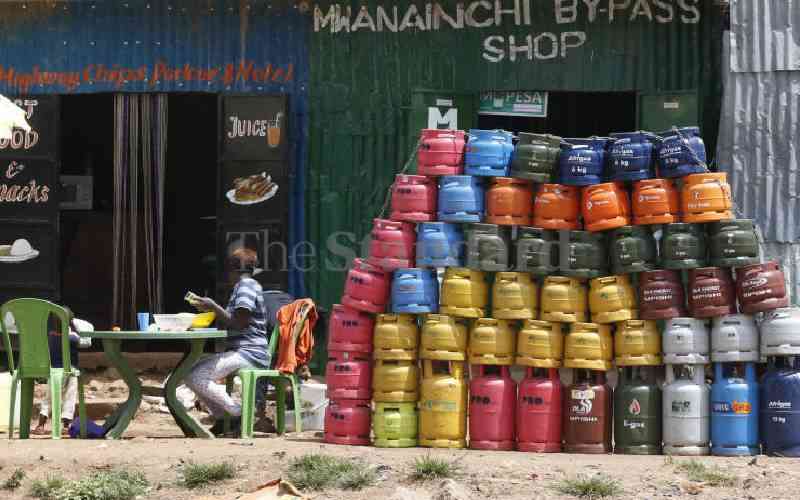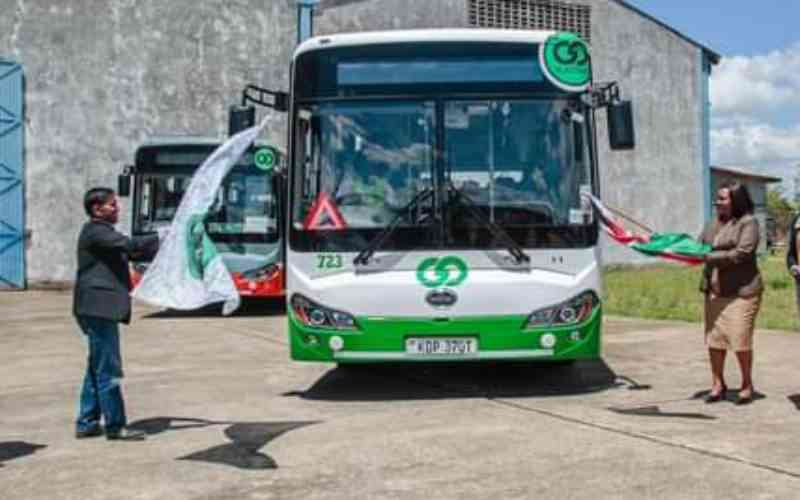By NJIRAINI MUCHIRA and KENNETH KWAMA
Maurice Otieno, a fish farmer in Kakola, Nyando District is yet to come to terms with the damage inflicted on him by the raging floods.
It swept away his one-year investment worth close to Sh125,000 and carried with it fish that was ready for harvesting.
“It was a big investment for me. I used a lot of money to dig the pond and bought about 1,000 young fish, which I’ve been feeding for the past one year,” Otieno says.
“Before the floods, they had consumed close to 11 bags of food and each sack costs Sh1,000,” says Otieno.
That is not all for Otieno. The Sh125,000 was a loan from the Youth Enterprise Fund. As he is left with is the obligation to pay a loan whose project was washed away by flash floods.
Otieno is just one of the hundreds of fish farmers whose ambitions to try their hand at fish farming have evaporated. Estimates put the loss by farmers in Nyando alone at tens of millions.
The Government has been touting fish farming as a diversification strategy to branch out of the country’s traditional food chain.
The floods have not spared other parts of the country as the country’s climate mood swing alternates from severe drought to floods that that have now cut off roads, paralysing agricultural activities and disrupting transport.
This comes amid depressing projections by the Ministry of Planning that the economy will grow by a measly 3.5 to 4.5 per cent this financial year from last month’s forecast of 5.2 per cent.
severe blow
The floods are literally washing away Kenya’s economy and could stunt the 3.5 to 4.5 per cent growth projections further — thereby dealing severe blow to Kenya’s quest to be a middle-income economy by 2030.
It has been projected that the country needs to sustain at least 10 per cent growth momentum in order to achieve the futuristic Vision 2030.
But with several important roads leading to key tourist sites like the Mai Mahiu-Narok road either cut off or badly damaged, the country could find itself on the starting line again.
The Narok-Mai Mahiu road was built at a cost of Sh4.2 billion to reduce travel time and cost of visiting one of Kenya’s key tourist attraction sites-the Maasai Mara. The road is no more.
The floods have left only little traces of tarmac in gulleys now occupying on what used to be a road only a few months go.
The park earns the Government upwards of Sh3 billion in revenue annually and its inaccessibility could reduce the number of visitors and put a serious dent on State coffers.
The effect of the floods could further reduce the number of tourists visiting the country and affect the sector, which is Kenya’s second highest foreign exchange earner.
Results from the first quarter of 2012 indicate a decline in performance with the number of tourist arrivals going down by 0.5 per cent compared to last year — partly attributed to a recent wave of terror-linked attacks.
Poor roads can only make the situation worse.
In 2010-2011 financial year, the Government allocated Sh90 billion for roads. The figure increased to Sh100 billion this financial year. But the floods have made mincemeat of the government efforts.
While for years the trend has often been that many rural roads are impassable at the onset of rains, the closure of the Mai Mahiu Narok road due to cracks occasioned by heavy rains now presents the government with a bigger and pressing problem.
critical link
The road is the main entry channel to the Maasai Mara National Park, a critical national asset in as far as the success of the tourism sector, which raked in Sh93 billion according to the Economic Survey 2012, is concerned.
 The Standard Group Plc is a multi-media organization with investments in media
platforms spanning newspaper print operations, television, radio broadcasting,
digital and online services. The Standard Group is recognized as a leading
multi-media house in Kenya with a key influence in matters of national and
international interest.
The Standard Group Plc is a multi-media organization with investments in media
platforms spanning newspaper print operations, television, radio broadcasting,
digital and online services. The Standard Group is recognized as a leading
multi-media house in Kenya with a key influence in matters of national and
international interest.
 The Standard Group Plc is a multi-media organization with investments in media
platforms spanning newspaper print operations, television, radio broadcasting,
digital and online services. The Standard Group is recognized as a leading
multi-media house in Kenya with a key influence in matters of national and
international interest.
The Standard Group Plc is a multi-media organization with investments in media
platforms spanning newspaper print operations, television, radio broadcasting,
digital and online services. The Standard Group is recognized as a leading
multi-media house in Kenya with a key influence in matters of national and
international interest.









